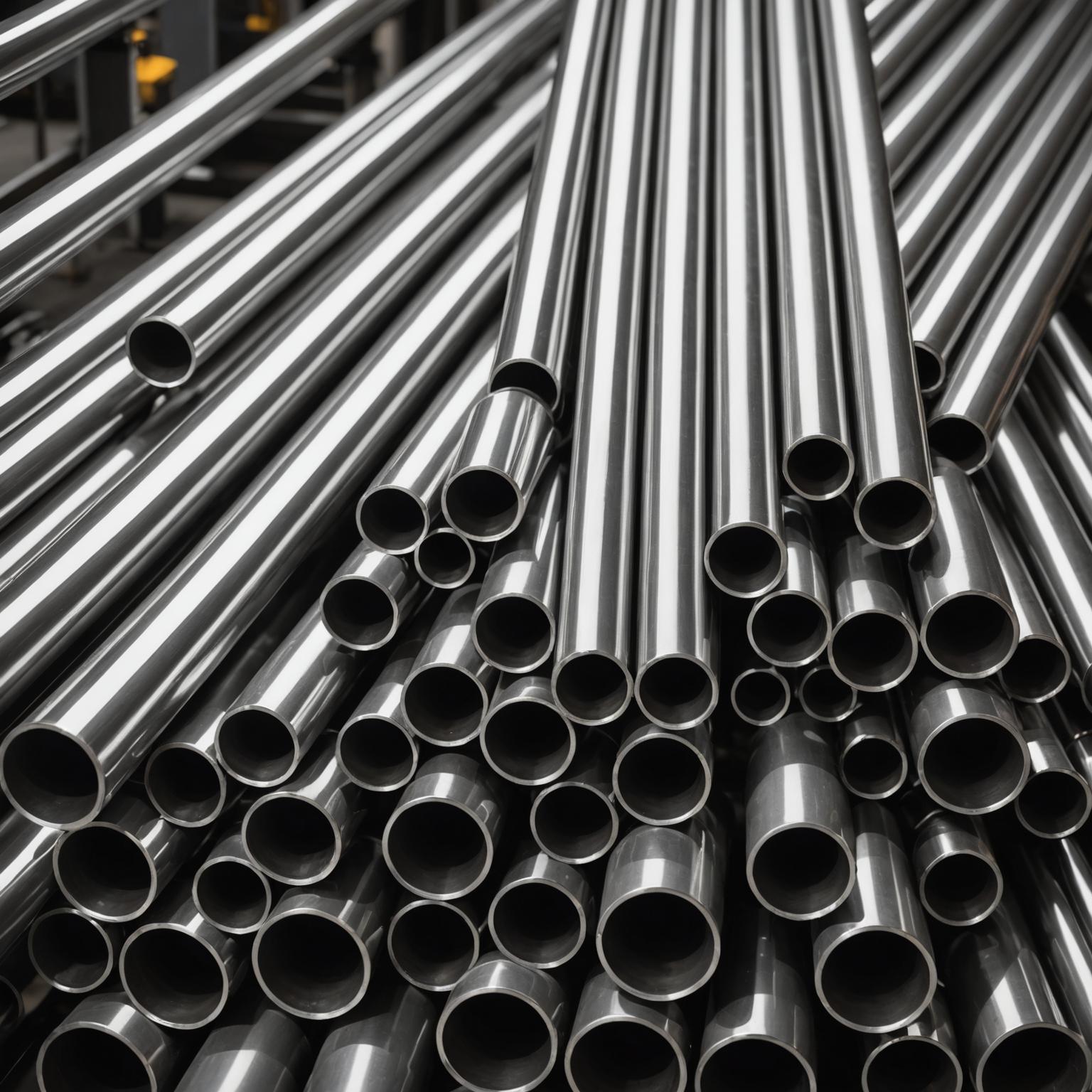Stainless steel pipes are the backbone of countless industries, from construction and automotive to petrochemicals and food processing. Their strength, corrosion resistance, and longevity make them an indispensable material. However, a critical flaw that can compromise their performance is the uneven wall thickness of stainless steel pipe. This issue, while often invisible to the naked eye, can lead to significant structural and operational problems. Understanding the root causes of this defect is the first step in learning how to solve it, ensuring that your projects are built on a foundation of reliability and safety.
What Causes Uneven Wall Thickness?
The manufacturing process of seamless stainless steel pipes is complex and involves heating a solid steel billet and then piercing it with a mandrel to create a hollow shell. This shell is then elongated and sized through various rolling mills. The uniformity of the pipe wall is determined at several key stages, and any deviation can result in unevenness. One of the primary causes is improper centering of the piercing mandrel. If the mandrel is not perfectly aligned with the center of the billet, one side of the pipe wall will inevitably be thicker than the other. Another major factor is inconsistent heating. If the billet is not heated uniformly in the furnace, some parts will be softer than others, causing the material to flow unevenly during the piercing and rolling process. Furthermore, wear and tear on manufacturing equipment, such as the rollers, guide shoes, or the mandrel itself, can lead to imperfections and variations in the final product's dimensions.
Why Uneven Thickness is a Serious Problem
The consequences of using a pipe with non-uniform wall thickness are far-reaching and can be severe. Structurally, the thinnest section of the pipe becomes a weak point, significantly reducing its overall pressure rating and load-bearing capacity. This makes the pipe susceptible to buckling, bending, or even bursting under operational stress, posing a serious safety hazard. In applications involving fluid or gas transport, uneven walls can disrupt the flow dynamics, creating turbulence and inconsistent pressure. For engineers and fabricators, inconsistent thickness presents major challenges during welding and fitting. It becomes difficult to achieve a secure and leak-proof connection, leading to potential failures at the joints. Aesthetically, for architectural or design applications, the lack of uniformity can detract from the visual quality of the finished product, undermining the sleek appearance that polished stainless steel is known for.
How to Solve It: A Guide to Achieving Uniform Thickness
For manufacturers, the question of how to solve it comes down to precision and process control. There are several effective methods to prevent and correct uneven wall thickness during production. The first and most crucial step is ensuring precise mandrel alignment. Modern production lines utilize advanced laser guidance and computer-controlled systems to guarantee the mandrel is perfectly centered before and during the piercing process. Secondly, achieving uniform heating is paramount. State-of-the-art induction furnaces or walking-beam furnaces provide consistent temperature distribution across the entire billet, eliminating soft spots. Another key solution involves the use of advanced rolling technology, such as a three-roll piercing mill or a multi-stand precision sizing mill, which offers greater control over the wall dimensions and helps to correct minor inconsistencies from earlier stages. Regular and rigorous maintenance of all equipment is non-negotiable to prevent wear-related defects.
The Critical Role of Quality Control and Inspection
Even with the most advanced manufacturing processes, robust quality control is essential to catch any deviations. After production, pipes must undergo a battery of non-destructive tests to verify their dimensional accuracy. Ultrasonic Testing (UT) is the most common and effective method, where sensors are used to send sound waves through the pipe material. By measuring the time it takes for the waves to reflect, the system can create a highly accurate map of the wall thickness around the entire circumference and along the full length of thepipe. Other methods like eddy current testing can also be employed to detect variations and other surface or subsurface flaws. Any pipe that does not meet the strict tolerance standards is immediately rejected, ensuring that only products of the highest integrity reach the market.
Choosing the Right Supplier: The Ultimate Solution
As an end-user, the most direct way to solve the problem of uneven wall thickness is to prevent it from ever becoming your problem in the first place. This means partnering with a supplier that prioritizes quality and invests in superior manufacturing technology. Reputable manufacturers will gladly provide documentation of their quality control procedures and product certifications. For projects demanding the highest level of performance and aesthetic perfection, choosing a premium product like our SteelPro St180 High-Precision Tubes is the definitive solution. These tubes are engineered with state-of-the-art processes that virtually eliminate issues like the uneven wall thickness of stainless steel pipe. The seamless construction, meticulous polishing, and rigorous inspection processes guarantee maximum integrity and a flawless finish, ensuring your application performs safely and reliably for years to come. By selecting a high-precision product, you are not just buying a pipe; you are investing in peace of mind and the long-term success of your project.








